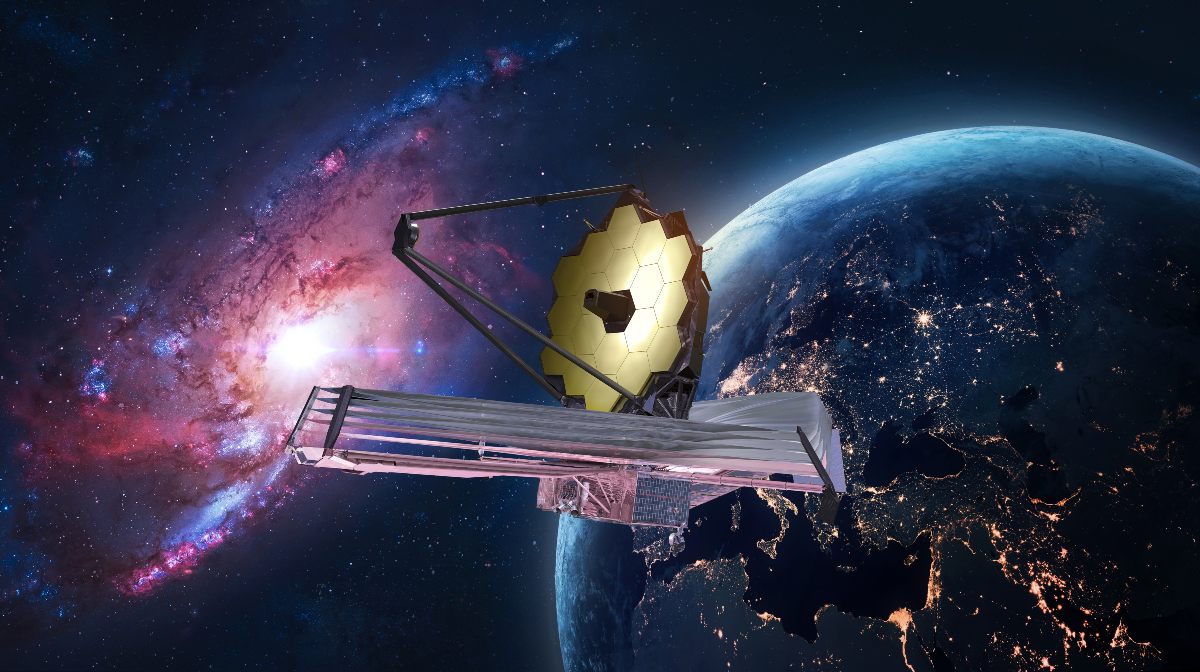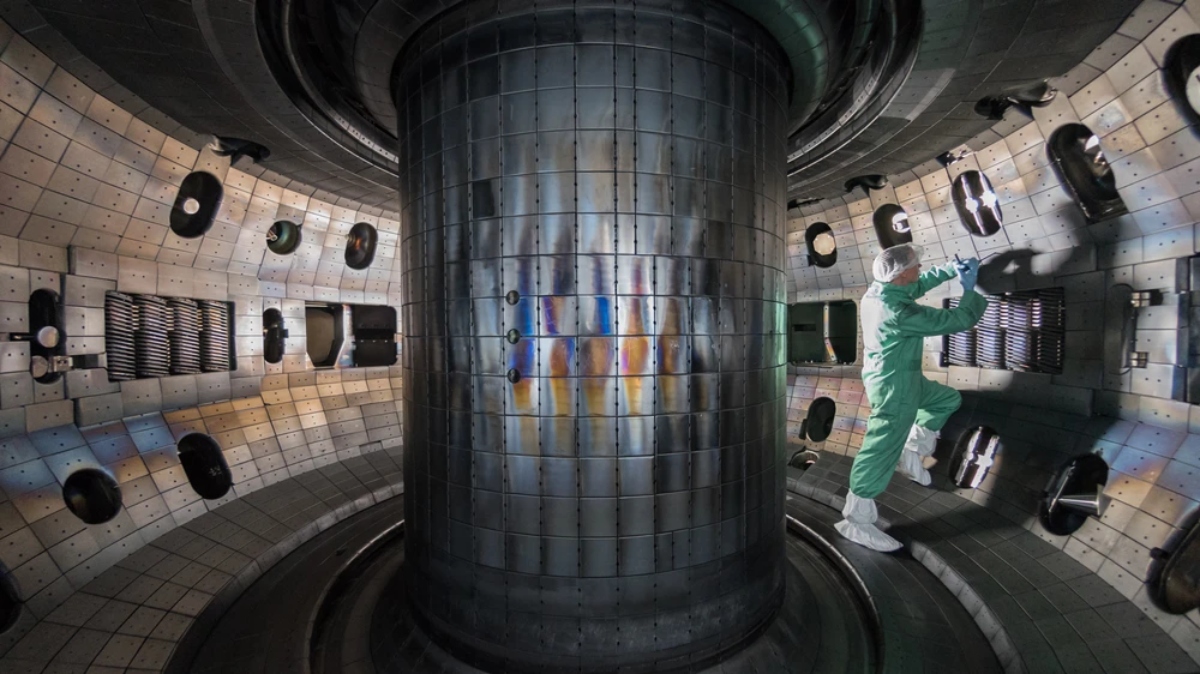You may not know it or may not even have wondered, but if you wear a hearing aid, you’re probably already doing part of the 3D printing revolution. This is because nowadays almost all hearing aids are produced with this technique, which is also known as additive manufacturing.
3D printing builds up layers of material, whether plastic, metal or resin, and joins them together until the finished product is obtained.
According to Stefan Launer, vice president of hearing aid manufacturer Sonova:
“Previously, production was exclusive to model makers who finished each unique piece by hand in a costly and time-consuming process. Now, once an order is placed, the finished product takes a few days to deliver and the customer receives an individually fitted hearing aid.”
3D printing promises to revolutionize an infinite number of industries. And to prove that it is succeeding, you should know that, in 2018, 1.4 million printers with this technology were sold, and by 2027 its sales are forecast to reach 8 million, according to information from Grand View Research.
Vegetarian steaks thanks to 3D printing
This option is still in an experimental phase, but Nova Meat, a company from Barcelona, presented its vegetarian steaks. They are made from peas, rice and seaweed.
According to Nova Meat founder Giuseppe Scionti:
“This technique allows us to define texture in terms of chewiness and tensile and compressive strength. In addition, it mimics the flavor and nutritional properties of a variety of meats and seafood, as well as their appearance.”
Medications for children
For some time now, 3D printed prostheses have been available that are more economical than traditional ones. Now, medicines can also be manufactured with this technology, which is very useful for children who need smaller doses.
Organs
Perhaps this is the most extraordinary thing that 3D printing does. Recently, researchers from the Rensselaer Polytechnic Institute, USA, have been working on a new developed a way to 3D print living skin with blood vessels. This could be used as a graft for burn patients.
3D printing also exists in the construction field
Kirk Andersen, an engineer with New York firm SQ4D, says:
“We believe that 3D printed houses and buildings, will change the way the world is built.”
His company just built a 175-square-meter house in just eight days, all with a robot that builds walls layer by layer.
Of the products you use every day, do you know if any are made with this technology?
You can also read: Nvidia developed a system for 2D photos to be converted into 3D graphics




